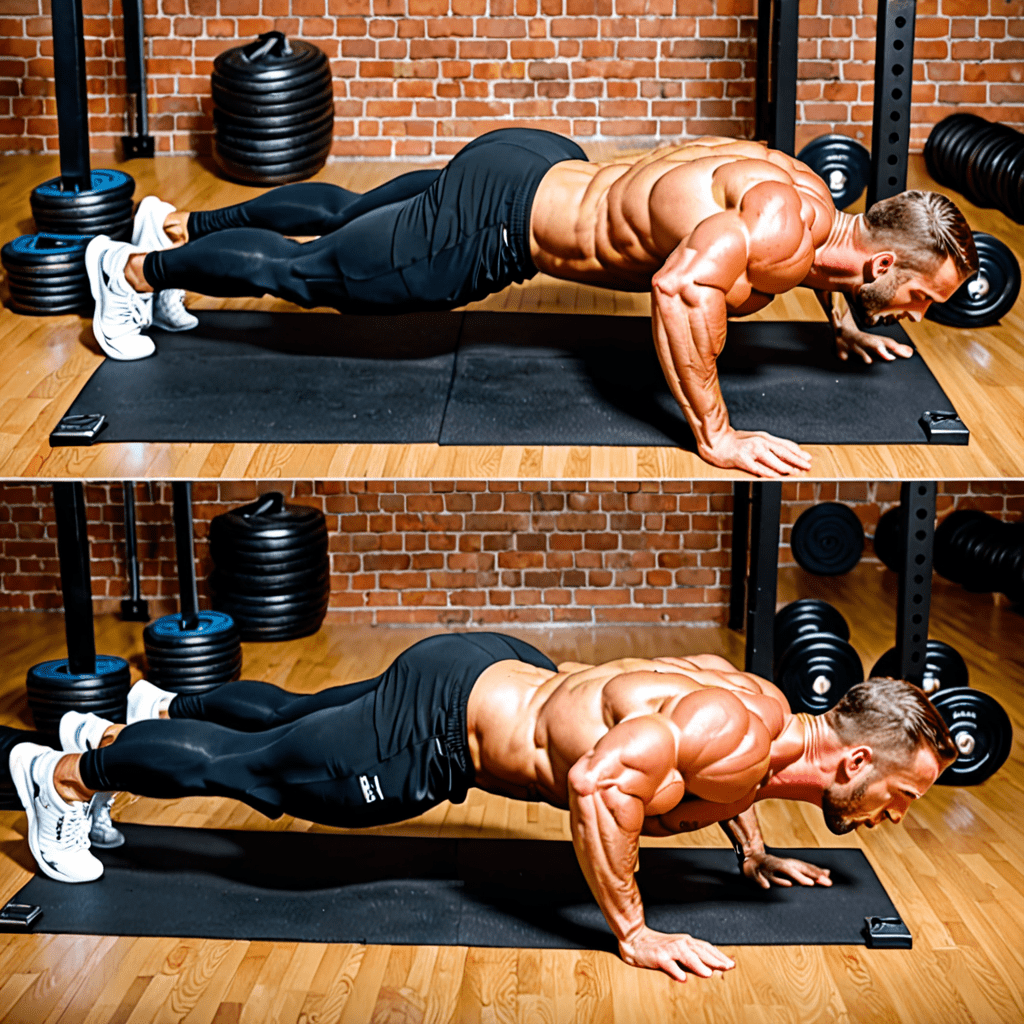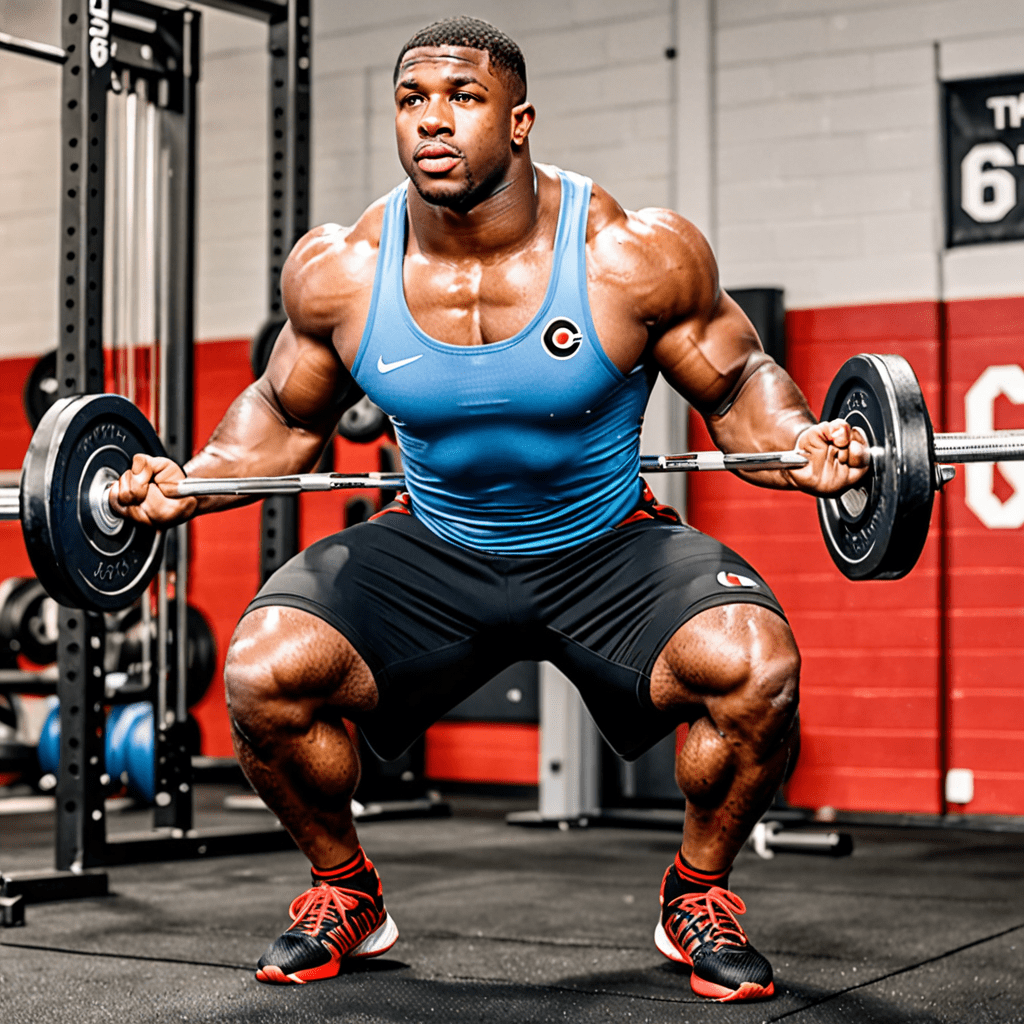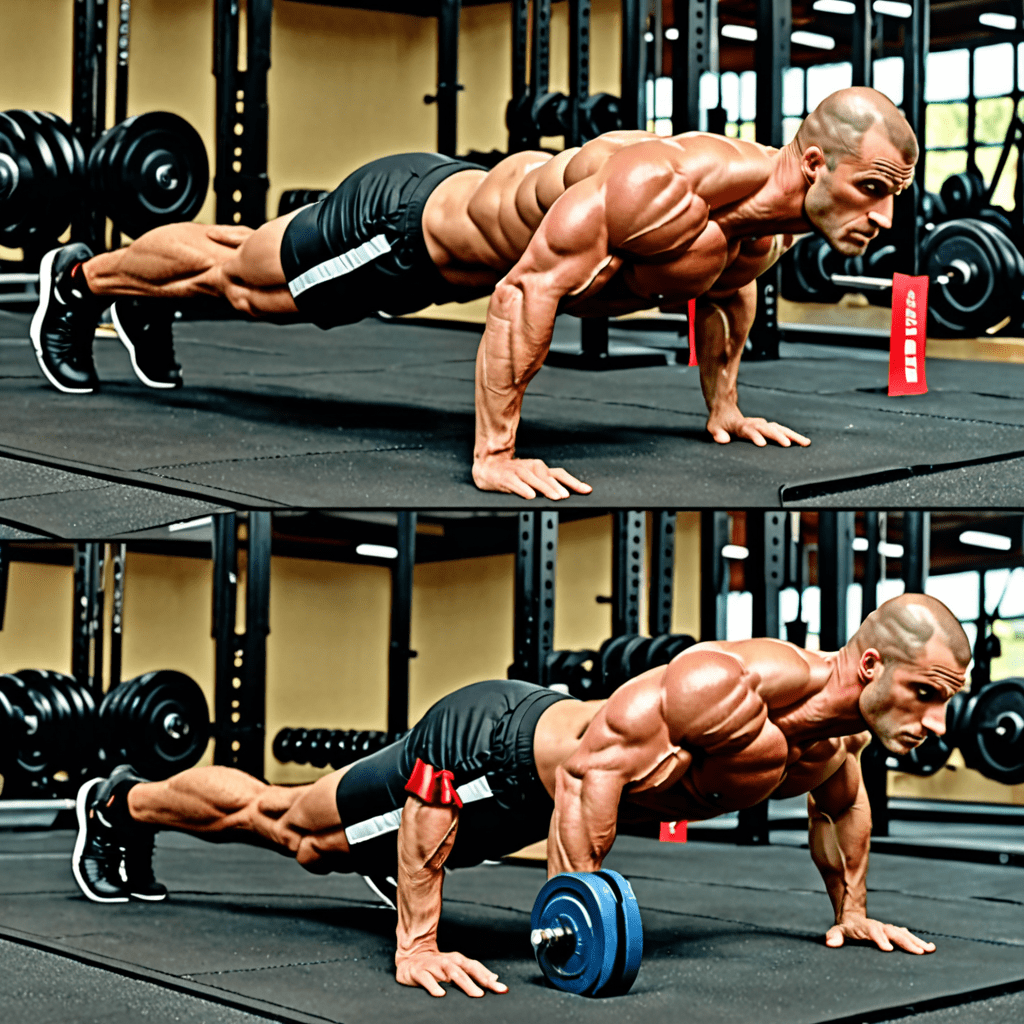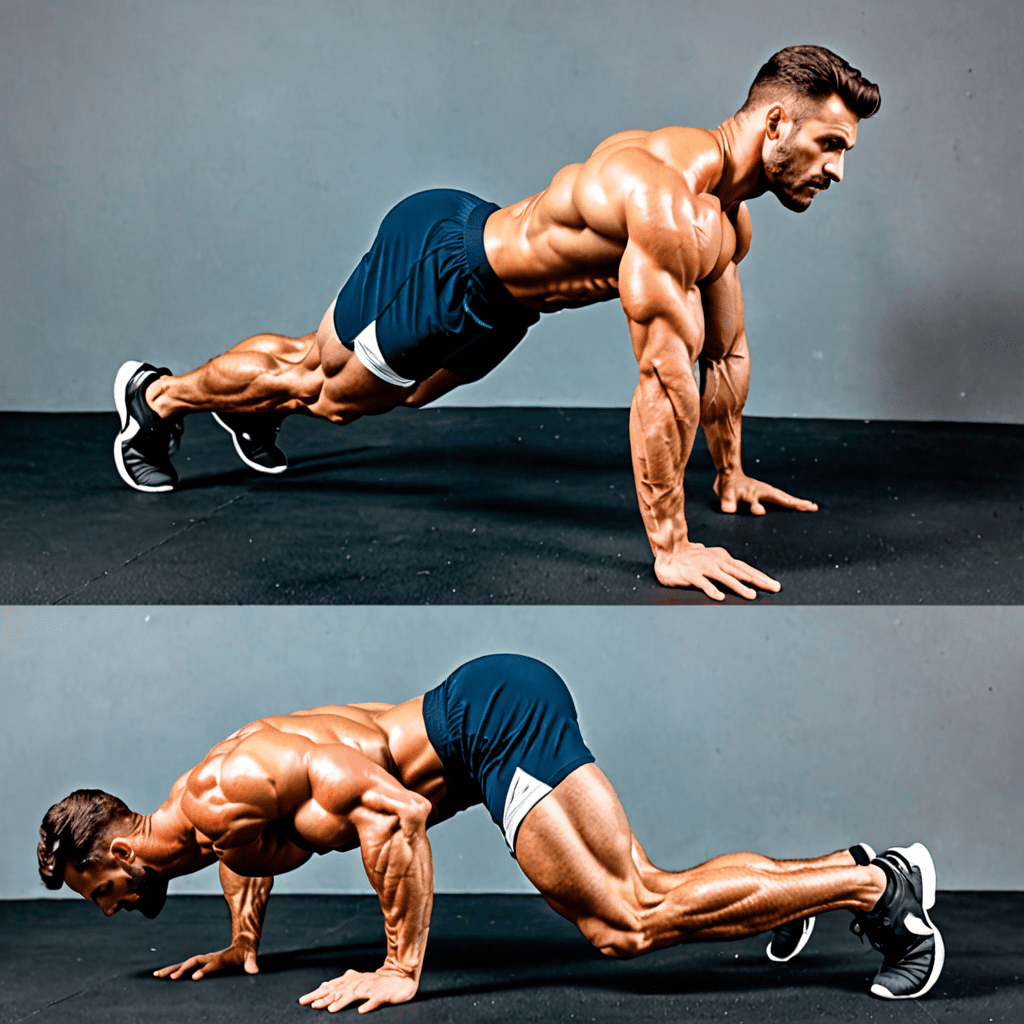
Effortlessly Mastering Push-Ups: Simplified Techniques for Beginners
For many, push-ups are a challenging exercise that requires not only strength but also proper form and technique. However, with the right approach, push-ups can become more manageable, allowing beginners to build strength gradually and avoid unnecessary strain. In this article, we’ll explore seven techniques to make push-ups easier for those starting their fitness journey.
1. Wall Push-Ups
One of the best methods for beginners is to start with wall push-ups. This modification allows you to gradually build your upper body strength while maintaining proper form. To perform wall push-ups, stand facing a wall, place your hands shoulder-width apart at shoulder height, and lean forward to perform a push-up motion against the wall. Gradually increase the angle of your body to the wall as you build strength.
2. Incline Push-Ups
Similar to wall push-ups, incline push-ups reduce the amount of body weight you need to lift, making the exercise easier. Find a sturdy elevated surface, such as a bench or a step, and place your hands on it at shoulder width. Lower your body until your chest almost touches the surface and push back up. As you progress, gradually decrease the height of the surface until you can perform a standard push-up on the ground.
3. Knee Push-Ups
Knee push-ups are an excellent modification for beginners as they reduce the amount of body weight being lifted. Start in a plank position, but with your knees on the ground. Keep your body in a straight line and lower yourself until your chest almost touches the ground, then push back up. As your strength improves, gradually transition to standard push-ups.
4. Hand Positioning
Correct hand positioning can make push-ups easier. Ensure your hands are slightly wider than shoulder-width apart, and your fingers are pointing forward. This position helps to engage different muscles and can reduce strain on the wrists.
5. Breathing Techniques
Proper breathing can significantly impact your ability to perform push-ups. Inhale as you lower yourself towards the ground, and exhale as you push back up. This controlled breathing helps to stabilize your core and maintain proper form throughout the exercise.
6. Core Engagement
Engaging your core during push-ups not only helps with stability but also reduces strain on the lower back. Focus on tightening your abdominal muscles throughout the exercise to support your body and make push-ups easier to perform.
7. Gradual Progression
Lastly, it’s crucial to approach push-ups with gradual progression. Start with the modified versions mentioned above and gradually work towards performing standard push-ups. Consistency and patience are key to building strength and mastering this exercise.
FAQ
Q: How many push-ups should I aim to do as a beginner?
A: As a beginner, it’s more important to focus on maintaining proper form rather than aiming for a specific number of push-ups. Start with 3 sets of 5-10 repetitions and gradually increase as your strength improves.
Q: How often should I do push-ups?
A: It’s beneficial to incorporate push-ups into your workout routine 2-3 times per week, allowing for rest days in between to promote muscle recovery.
Q: Are push-ups the only way to strengthen my upper body?
A: While push-ups are an excellent bodyweight exercise, there are other exercises such as chest presses, tricep dips, and dumbbell exercises that can also contribute to strengthening the upper body.
By implementing these techniques, beginners can make push-ups more manageable, gradually building the necessary strength and form to perform standard push-ups with ease. Remember to listen to your body, maintain proper form, and stay consistent in your efforts to see progress in your fitness journey.


